How Kipling took inspiration from Sussex by the Sea
A wealth of famous authors have made their home in the county of Sussex over the years.
Virginia Woolf took inspiration from her country retreat in Lewes while Hilaire Belloc expressed his deep and abiding love for Sussex through his poetry.
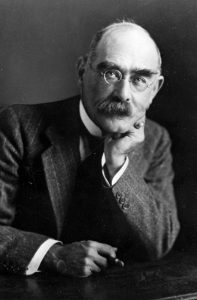 But there are few authors who embraced the county quite like Rudyard Kipling.
But there are few authors who embraced the county quite like Rudyard Kipling.
Although he was born in India and had a strong association with the East, it was this corner of south east England which provided inspiration for some of Kipling’s most famous works.
Rottingdean
Born in Bombay in 1865, Kipling was already a renowned author when he arrived in the village of Rottingdean, near Brighton, in 1897.
His son John was born in North End House, the holiday home of Rudyard’s aunt, Georgiana Burne-Jones, and the family soon moved into The Elms.
Kipling wrote some of his most memorable poems and stories in Rottingdean, including Just So Stories.
Kipling was a keen motorist and as a result was able to travel around his adoptive home county,’ ‘twixt Rake and Rye’, exploring parts which may have been inaccessible to him otherwise.

Kipling’s beloved Rolls Royce
The poem Sussex, written by Kipling in 1902, is nothing short of a declaration of love for the landscape.
He waxes lyrical about the rivers, woodlands and ‘whale-backed Downs’, demonstrating his deep connection to the Sussex countryside before the final verse concludes:
‘God gives all men all earth to love,
But since man’s heart is small,
Ordains for each one spot shall prove
Beloved over all.
Each to his choice, and I rejoice
The lot has fallen to me
In a fair ground—in a fair ground—
Yea, Sussex by the sea!’
Bateman’s
The same year that Kipling produced this rousing composition, he moved to Bateman’s in Burwash, which would be his home for more than thirty years.
Kipling and his wife fell in love with the 17th Century Jacobean house the first time they laid eyes on it.
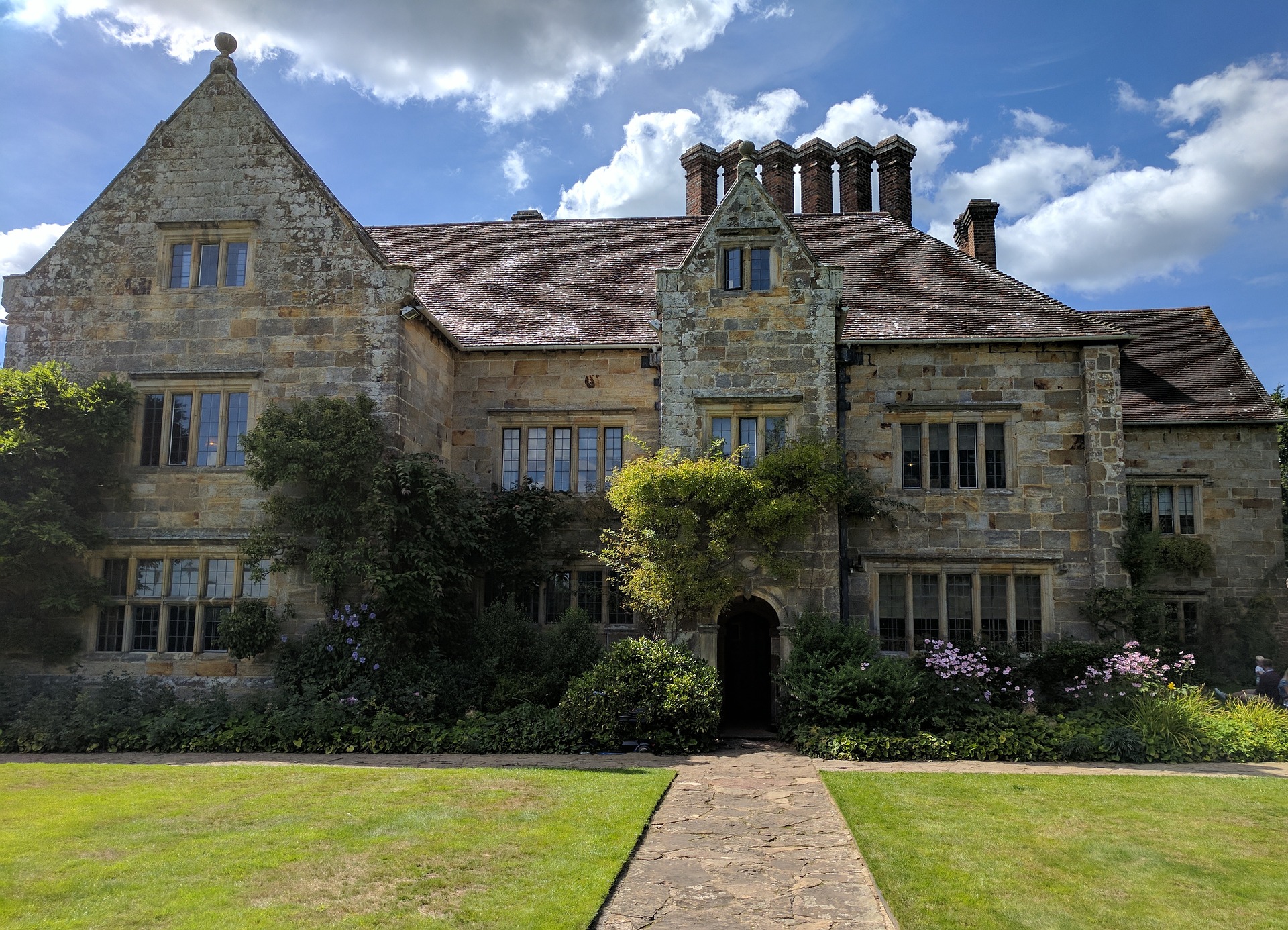
Bateman’s in Burwash. Picture from National Trust.
As Kipling later recalled in his autobiography Something of Myself: “We have loved it ever since our first sight of it… We entered and felt her Spirit – her Feng Shui – to be good. We went through every room and found no shadows of ancient regrets, stifled miseries, nor any menace, though her new end was three hundred years old… A real house in which to settle down.”
The 33 acres surrounding the house afforded Kipling the privacy he craved, particularly following the tragic death of daughter Josephine during a family visit to the United States in 1899.
Kipling continued to draw inspiration from his surroundings for Rewards and Fairies and Puck of Pook’s Hill. The latter featured some stories set in Burwash at around the time of the Norman Conquest, the Battle of Hastings having taken place less than ten miles away.
Park Mill at Bateman’s was incorporated into the Puck of Pook’s Hill stories and also featured in Below the Mill Dam.
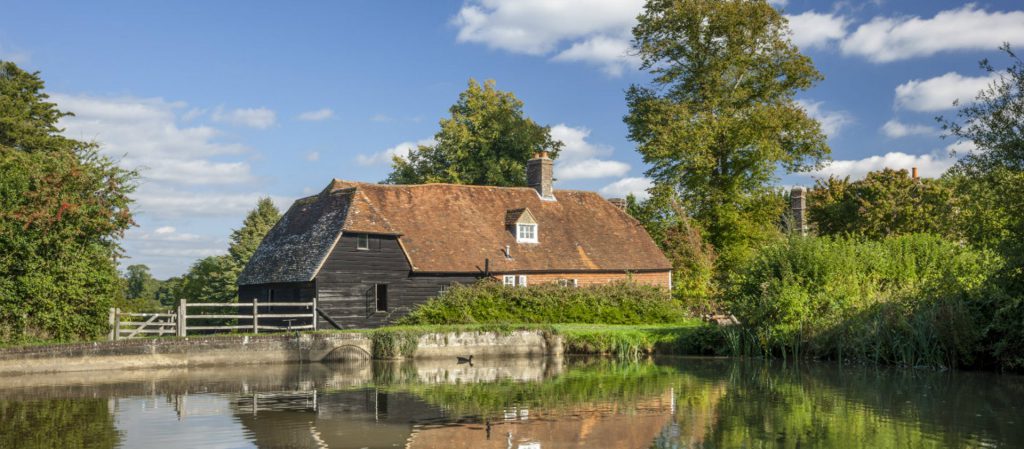
Park Mill at Bateman’s. Image from National Trust.
Kipling died in 1936 and when wife Caroline passed nearly four years later, Bateman’s was handed over to the National Trust. The rooms remain much as Kipling left them, complete with oriental rugs and artefacts. The author’s Rolls Royce is also on display.
Although more than eighty years have passed since his death, Kipling’s works have ensured that he will always occupy a special place in his beloved Sussex by the sea.
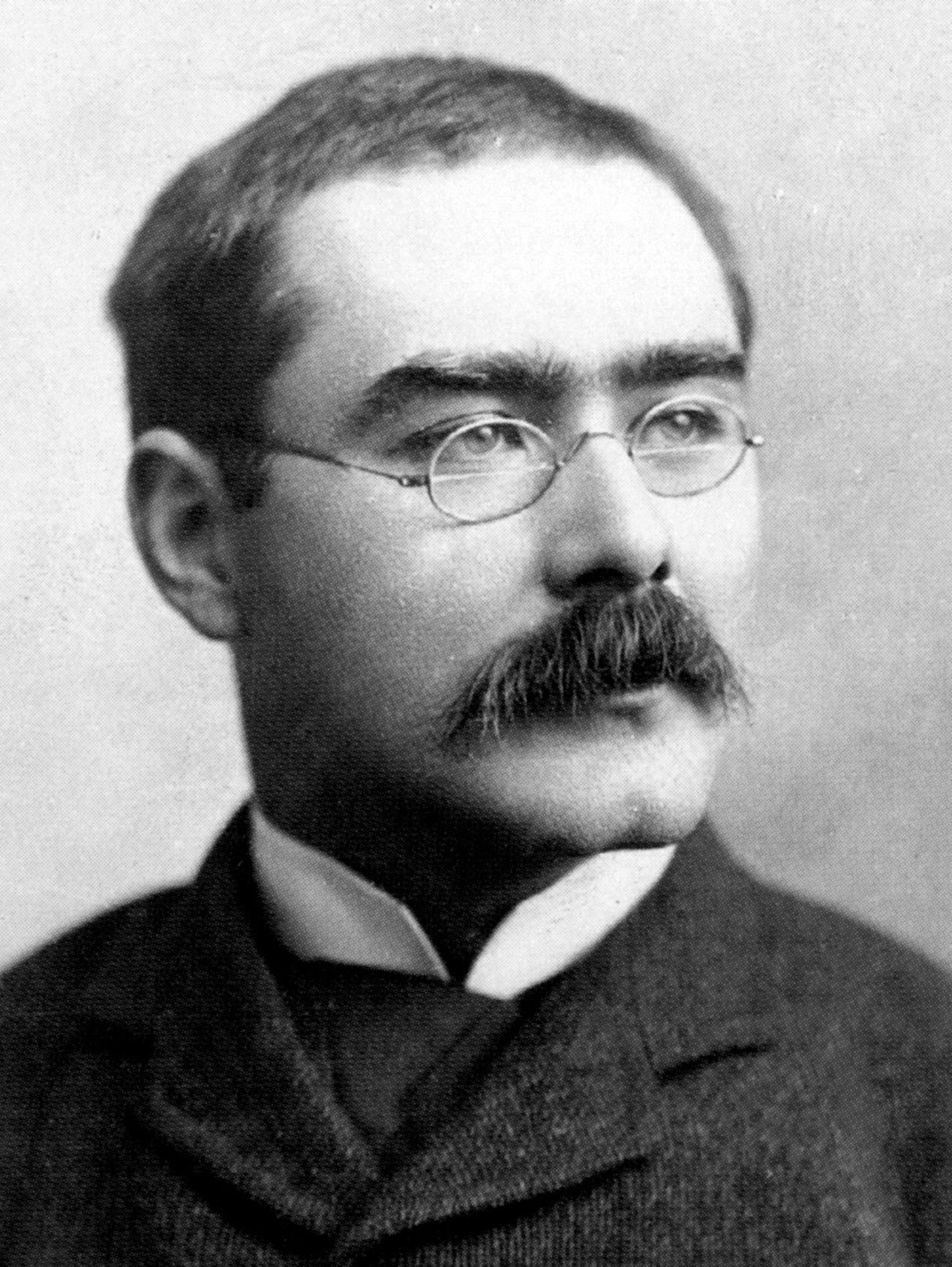



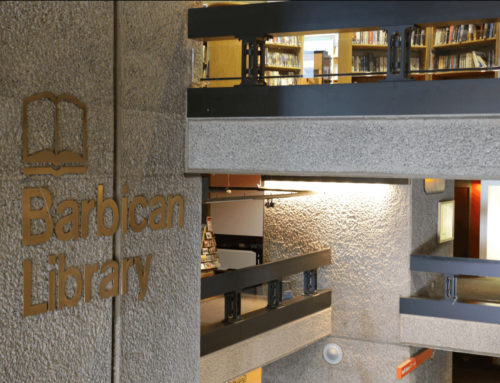
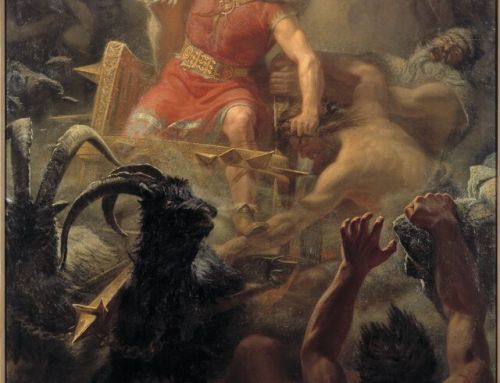
Leave A Comment